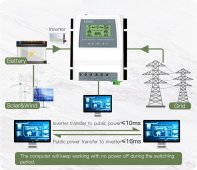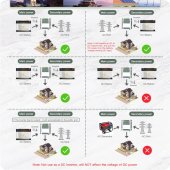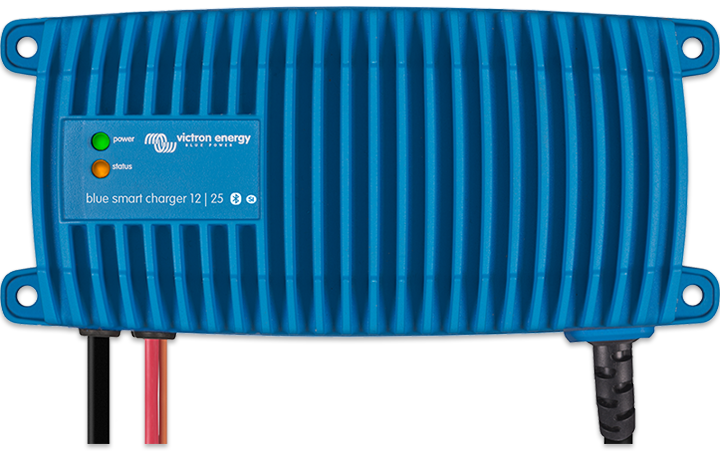Hi diysolarforum members!
I'm currently searching for a solution for my grandparents' house in Ukraine. Due to the recent damage to civilian infrastructure, the grid energy supply became wildly unstable. At best, the house in question gets 8 hours of grid energy per day.
The main problem is heating. The house is equipped with gas heating, but the heater and pump don't work without electricity.
I currently have an AmpereTime 100Ah LiFePO4 battery on hand that I intend to send them.
I'm looking for a cost-effective, simplest solution possible to safely operate a system that would charge from grid power when available and then use a pure sine inverter to power the heating equipment.
An off-the-shelf UPS designed for a regular lead-acid battery is unfortunately not an option, as, from what I've read here, a regular UPS doesn't know about LiFePO4-specific charging curve and it would result in a shorter battery life.
I thought about using this simple scheme involving a LiFePO4 charger (as I was told that it's not advised to use a regular 12V charger at all) and a pure sine inverter with its output wired to a transfer switch in parallel with a grid (see the picture).
I'd love some feedback as I'm pretty new to off-grid tech and electricity in general. My goal here is to build something cost-effective, using something that I already have (ampere time battery) and as fool-proof as possible - grandparents are not quite as tech-savvy.

I'm currently searching for a solution for my grandparents' house in Ukraine. Due to the recent damage to civilian infrastructure, the grid energy supply became wildly unstable. At best, the house in question gets 8 hours of grid energy per day.
The main problem is heating. The house is equipped with gas heating, but the heater and pump don't work without electricity.
I currently have an AmpereTime 100Ah LiFePO4 battery on hand that I intend to send them.
I'm looking for a cost-effective, simplest solution possible to safely operate a system that would charge from grid power when available and then use a pure sine inverter to power the heating equipment.
An off-the-shelf UPS designed for a regular lead-acid battery is unfortunately not an option, as, from what I've read here, a regular UPS doesn't know about LiFePO4-specific charging curve and it would result in a shorter battery life.
I thought about using this simple scheme involving a LiFePO4 charger (as I was told that it's not advised to use a regular 12V charger at all) and a pure sine inverter with its output wired to a transfer switch in parallel with a grid (see the picture).
I'd love some feedback as I'm pretty new to off-grid tech and electricity in general. My goal here is to build something cost-effective, using something that I already have (ampere time battery) and as fool-proof as possible - grandparents are not quite as tech-savvy.







